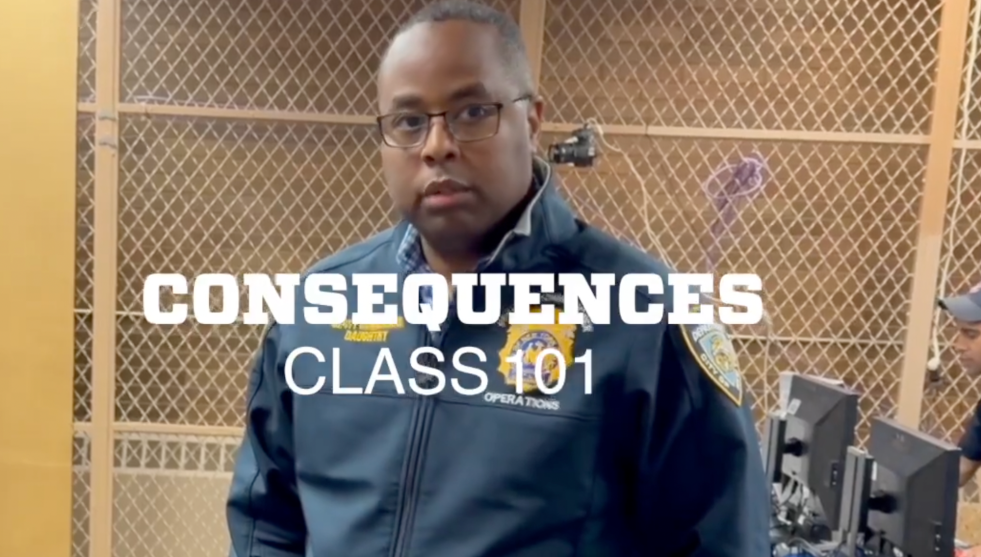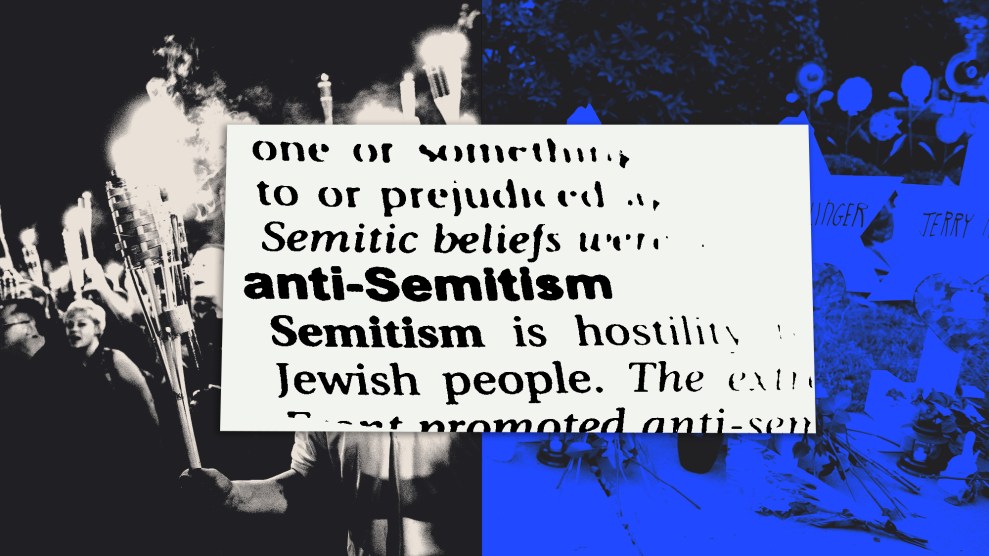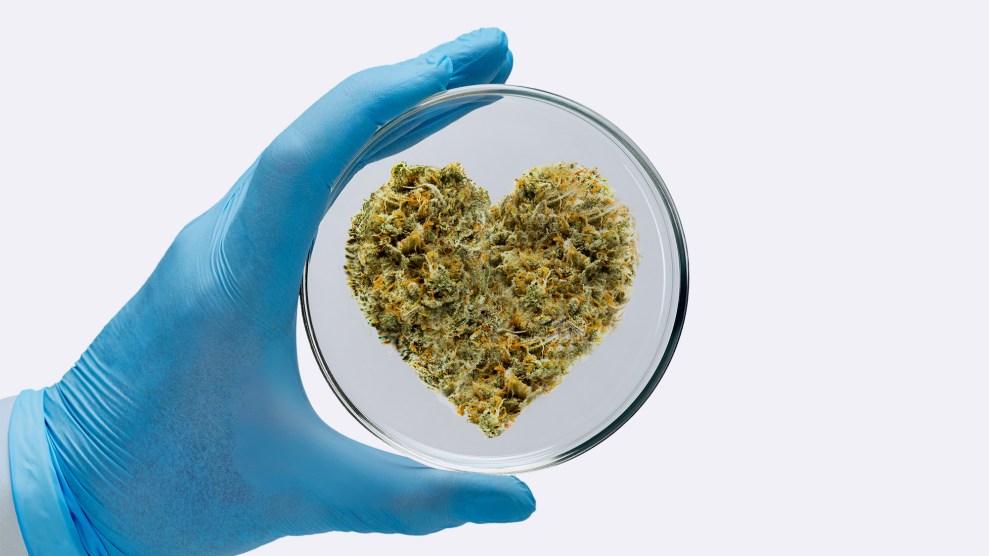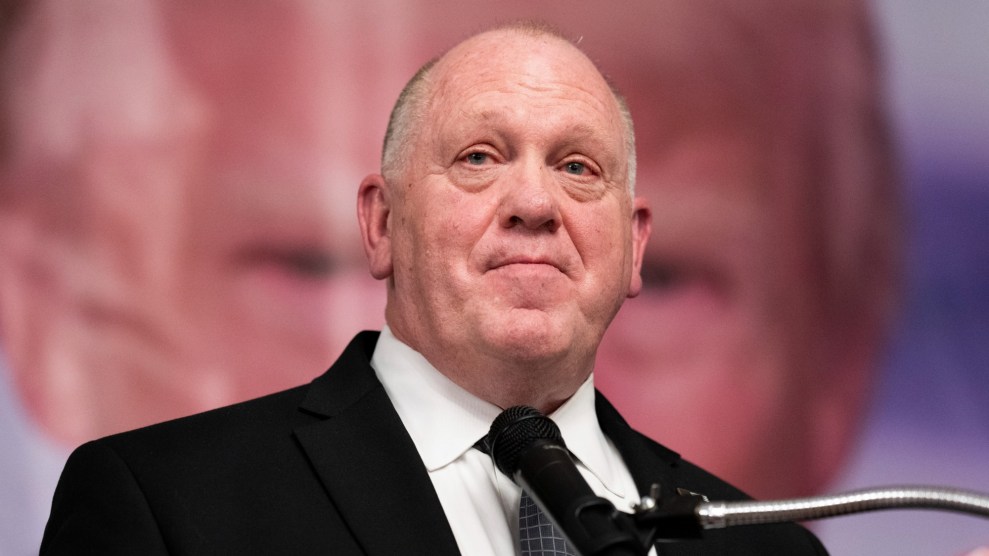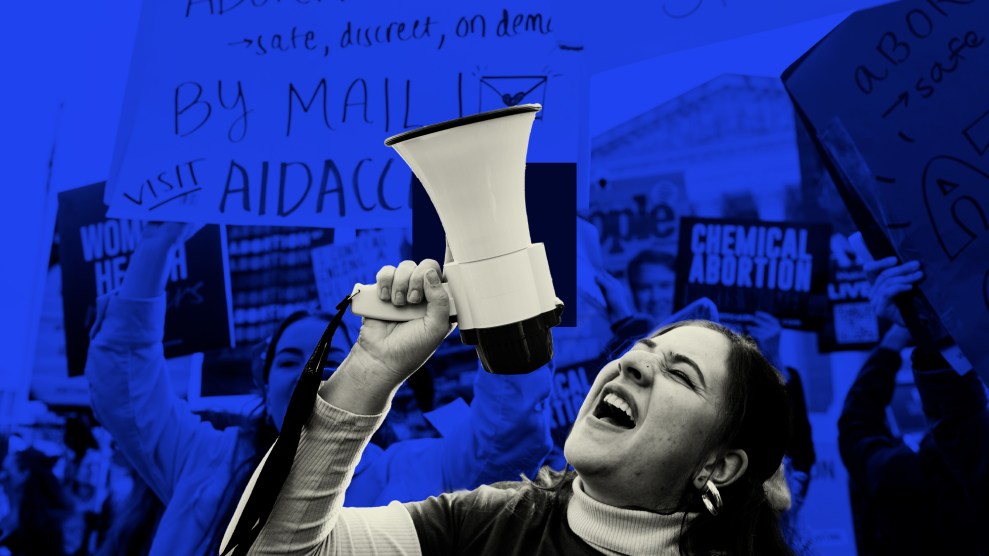U.S. bioweapons researcher Bruce Ivins was the FBI’s prime suspect in the anthrax attacks. His suicide last week, it was initially reported, came as the Justice Department was preparing to file charges against him. But even as his name is plastered everywhere in relation to the attacks, the facts of the case—the evidence that ties him to the attacks—remains unknown. And despite reports that Ivins’ arrest was “imminent,” it seems that the FBI may have uncovered less than first thought. The New York Times reports that a source close to the investigation, although characterizing the evidence against Ivins as “damning,” acknowledged that it is “largely circumstantial.”
Steven Hatfill, the FBI “person of interest” who was ultimately cleared of wrongdoing after years of having his name dragged through the mud, knows a thing or two about circumstantial evidence. In June, he settled with his erstwhile pursuers for $5.82 million. Ivins’ suicide, coming when it did, reinforces the perception that he may have been involved in the attacks. In this case, the FBI’s novel analysis of anthrax samples appears to have led them back to Ivins, but, the Times reports, more then a ten people had direct access to the same material. Furthermore, there is no evidence that Ivins was in New Jersey at the time the letters were mailed from there in September and October of 2001.
That said, the circumstantial evidence does raise an eyebrow or two. According to the Times:
That evidence includes tracing the prestamped envelopes used in the attacks to stock sold in three Maryland post offices, including one in Frederick, frequented by Dr. Ivins, who had long rented a post office box there under an assumed name, the source said. The evidence also includes records of the scientist’s extensive after-hours use of his lab at the United States Army Medical Research Institute of Infectious Diseases around the time the letters were mailed, the source said.
The FBI’s case against Ivins is expected to be released to the public later this week.
